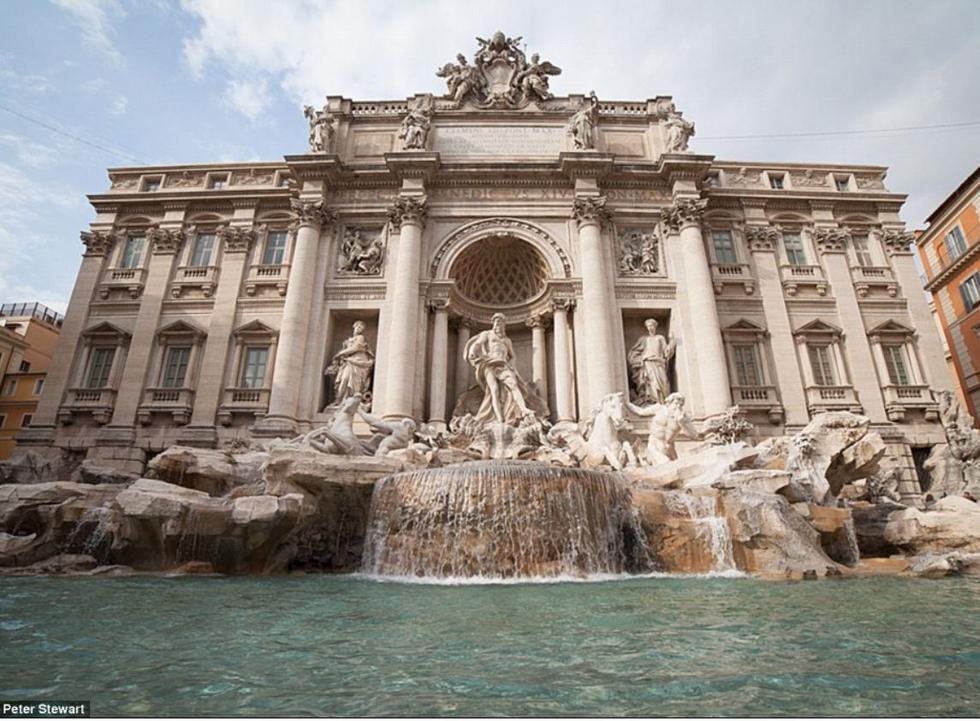St. Peter's Basilica Italy: A Pilgrimage Through Time and Faith
Guide or Summary:Historical SignificanceArchitectural MarvelsSpiritual ImpactCultural and Tourist AttractionSt. Peter's Basilica, located in Vatican City, i……
Guide or Summary:
St. Peter's Basilica, located in Vatican City, is not merely a monumental structure but a pinnacle of architectural grandeur and a beacon of religious significance. As one of the most visited and revered landmarks in the world, it stands as a testament to the rich history and enduring faith of millions. This article delves into the captivating allure of St. Peter's Basilica, offering a comprehensive exploration of its historical significance, architectural marvels, and spiritual impact.
Historical Significance
The history of St. Peter's Basilica is intertwined with the very roots of Christianity. Erected over the burial site of St. Peter, the first Pope, the basilica's construction began in the early 4th century under Emperor Constantine. Over the centuries, it has undergone numerous expansions and renovations, with the most significant transformation occurring under the guidance of Michelangelo, Bramante, and Bernini in the 16th century. These master architects infused their vision into the basilica, resulting in a harmonious blend of architectural styles that reflect the chronological journey of its evolution.

Architectural Marvels
St. Peter's Basilica is an architectural masterpiece, showcasing a blend of Renaissance, Baroque, and Gothic elements. The iconic dome, designed by Michelangelo, soars 448 feet into the sky, offering breathtaking panoramic views of Rome. The interior of the basilica is equally awe-inspiring, featuring an array of artistic treasures, including Michelangelo's iconic sculpture, the Pieta, and Bernini's magnificent St. Peter's Baldachin.
The grandiose architecture of St. Peter's Basilica is not only visually stunning but also serves a deeper spiritual purpose. The basilica's design is intricately linked to the concept of the Christian cross, with its central nave symbolizing the vertical axis of the cross, and the transept representing the horizontal arms. This sacred geometry creates a profound sense of reverence and spiritual connection for visitors.
Spiritual Impact
Beyond its architectural splendor, St. Peter's Basilica holds a profound spiritual significance for millions of Christians worldwide. As the central location of the Roman Catholic Church, it is considered the holiest site in Christianity. The basilica is the site of numerous papal events, including the beatification and canonization of saints, and it serves as the final resting place for many popes.

The spiritual ambiance of St. Peter's Basilica is palpable, with its soaring ceilings, intricate mosaics, and the serene silence that envelops the space. Visitors often find themselves moved by the sense of profound peace and spiritual tranquility that permeates the basilica. It is a place where time seems to stand still, allowing individuals to reflect on the timeless nature of faith and the eternal presence of God.
Cultural and Tourist Attraction
St. Peter's Basilica is not just a place of worship but also a major cultural and tourist attraction. Millions of visitors from around the globe flock to Vatican City each year to marvel at its architectural wonders and experience its spiritual essence. The basilica's vast collection of art and artifacts, including sculptures, paintings, and relics, further enhances its allure as a must-see destination.
In conclusion, St. Peter's Basilica in Vatican City stands as a monumental testament to the enduring faith and architectural genius of humanity. Its rich history, architectural marvels, and spiritual impact make it a pilgrimage site that continues to captivate and inspire millions. Whether you are a devout Christian seeking spiritual solace or a history buff marveling at its architectural grandeur, St. Peter's Basilica offers an unforgettable journey through time and faith.
